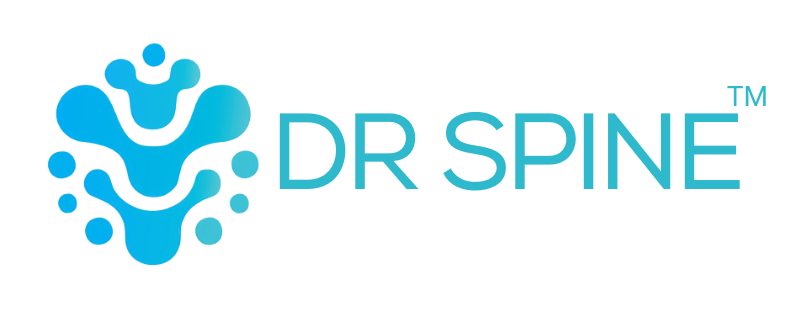Chiropractors adjust mostly the spine, with the intent of freeing the spinal nerves from impingement and interference. Usually, this involves putting hands on the spine and rotating or moving the vertebra or bone using the spinous or transverse processes to lessen pressure on the spinal nerve roots.
Hip or neck adjustments may involve a special table – called a “drop table” – that allows the Chiropractor to move the bone or segment more quickly with less effort. Sometimes a special twisting on the side may be involved to move the hips, sacrum, or lower back, and a special table called a “Cox table” is used to treat more severe low back disc herniations.
All Chiropractic adjustments are designed to allow the body to heal itself. Through a series of adjustments that happen over time, the body’s innate intelligence begins to recognize and accept the corrections. Like any kind of learning, the body must be taught the correct posture or balance to be able to recognize a pain-free stance or alignment.
Once the correction is made – whether it be over days, weeks, or months – the pain and symptoms will naturally be reduced and eventually disappear. After the initial intensive care, reconstructive or regular maintenance care may be recommended to allow spinal structures to fully heal, and maintain good health.
A big part of the “how” in adjusting is determined by the Chiropractor’s assessment of the patient’s condition, the sensitivity of the patient, physical manifestations of the pain (e.g. short leg, hip misalignment, scoliosis, inflammation, or pain radiation), history of symptoms, and a host of other factors that can only be taught over years. This is why a Chiropractic degree in the US takes over six years to complete, requires licensure in the state of the doctor’s practice, and continuing education courses every year if the doctor wants to remain licensed.
Superficially, a Chiropractic adjustment looks simple enough to give or receive, and multiple “chiropractic” techniques have been used by non-doctors to bring about some relief of pain. Just check out YouTube to find any number of examples of these methods.
Lasting relief, however, is usually elusive. Adjustments delivered without understanding the underlying causes or conditions of a patient can often lead to the problem getting worse, or other problems developing, such as a prolapsed disc, osteoarthritis of the spine, or even cardio-vascular mishaps such as a stroke.
This is why we at Dr. Spine Chiropractic recommend that you look at the credentials of your “chiropractor” before beginning treatment. If he or she has graduated from an accredited Chiropractic College in the US, Canada, Australia, or Malaysia, and is fully licensed to practice in those countries or states, you can be assured of quality care. If there is no diploma or license, you are taking chances with your health.
The good news is that accredited Chiropractic education is coming to India soon to accommodate the growing demand. Initially, the Doctor of Chiropractic (DC India) courses and degree will only be available for those with previous medical training such as medical doctors and physiotherapists, but with the growing availability of resources (professors and students), doctors with the DC (India) degree will be much more prevalent, and Chiropractic cares much more available. Amet.






